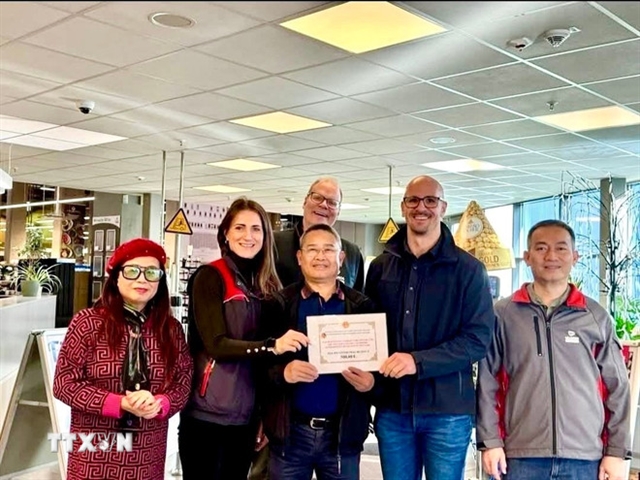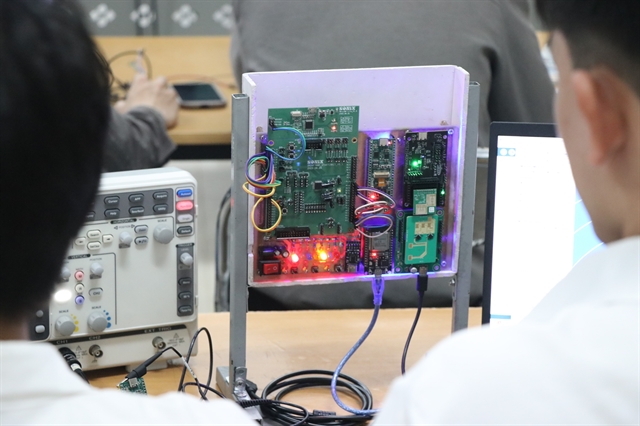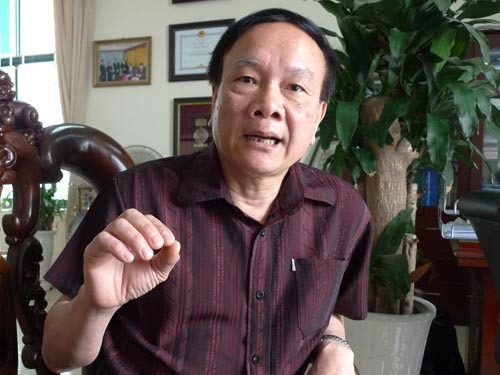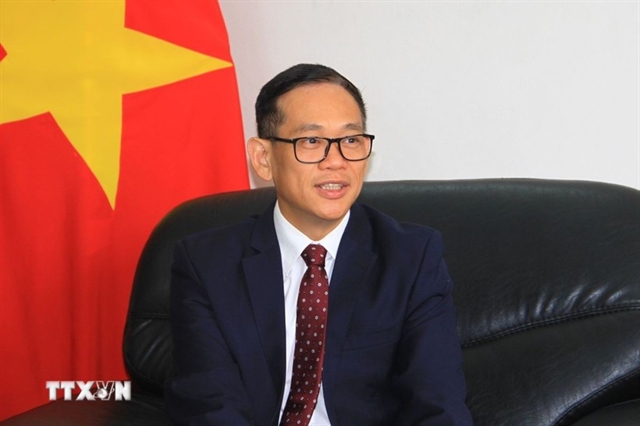 Opinion
Opinion

Nguyễn Thành Sơn, director of the New Technology Solutions speaks to the Hải Quan - Customs Onlines about weaknesses in the Master Plan on the Development of Việt Nam's Coal Industry by 2020 and Vision 2030
 |
| Nguyễn Thành Sơn. |
Nguyễn Thành Sơn, director of the New Technology Solutions speaks to Hải Quan (Customs) newspaper about weaknesses in the Master Plan on the Development of Việt Nam’s Coal Industry by 2020 and Vision 2030
The Ministry of Industry and Trade recently made public the master plan on the development of Việt Nam’s coal industry by 2020 with a vision to 2030. What are your thoughts on the master plan?
It is undisputable that initial input data in the master plan is of great significance. All the numbers in the document are taken from the latest geological surveys, reports on extraction technology, advantages and disadvantages in mining, inside and outside Việt Nam.
However, after reading the master plan, I’m afraid to say that the document was not well written. Information in the plan was weak and insufficient while its mentality and approach were inappropriate.
For example, the concepts about coal “potentials” and “reserves” described in the document are very vague and cannot be combined into the phrase “coal resource potential”.
I’m sure technical people will agree with me that the term “reserve” is used to refer to real figures that have been carefully calculated through exploration activities and they must have been approved by an authorised agency like the National Reserves Assessment Council.
Master plans must be legal documents that have been developed based on actual reports and real figures which have been certified by authorised agencies, not on “potentials” or “natural resources”.
If calculate the wrong coal reserves, for example in the northern coal mining province of Quảng Ninh, we’ll come up with the wrong objectives in the planning and potential risks that may occur in investment, basic construction and business production.
At present, Việt Nam has some 800 million tonnes of coal that could be extracted. But in the master plan of development of the coal industry in 20 years time, the figure is 49 billion tonnes!
If you’re right, surely there will be negative impacts when implementing the master plan?
No doubt. Document implementation will face a lot of challenges and difficulties and even risks. For example, a coal pit has a design of just one million tones per year, but its investment covers the production of between 2-2.5 million tones. What a waste!
More seriously, such a hike in input investment will have negative impacts on State management due to discrepancies in actual production and virtual demand of coal, particularly in the electricity sector. In a worse scenario, based on that master plan of the coal industry, if the coal-fired electricity sub-sector decides to increase its electricity output, Việt Nam will have to import coal. But, the international coal market has been experiencing intense price competitions. And, at the end of the day, this may lead to negative impacts on our national energy security.
Can you further elaborate on the challenges the country is facing in importing coal?
At present, the world has total coal reserves of about 900 billion tonnes but each year, only 3-4 billion tones are produced. That means we don’t have to worry about a shortage of coal for the next 250 years.
The most challenging issue for Việt Nam in importing coal is the imported volume and the price. Big coal importers like Japan, South Korea, China and India all have experience in importing coal and they are financially strong. For us, we’re a new importer and our financial capacity is much weaker than their.
Further, big cargo ships can’t anchor at all of our sea ports as most can only accommodate ships between 50,000-60,000 death weight tonage (DWT). Adding to that, most ports receiving coal to feed coal-fired electricity plant have capacity just between 20,000 – 30,000 DWT and the depth of the canals is shallow and subject to frequent dredging. This has added cost to the imported coal price.
So what should be changed to overcome these challenges?
I don’t think the coal sector can do it alone. It needs support from the government.
The coal industry should be quickly equitised and the State should only perform geological exploration and the Việt Nam National Coal- mineral industries holding corporation should be in charge of transportation - both coal and soil – the two key activities which account for 70 per cent of the coal price. In my opinion, these essential changes will help cut costs in management and theft prevention. — VNS




